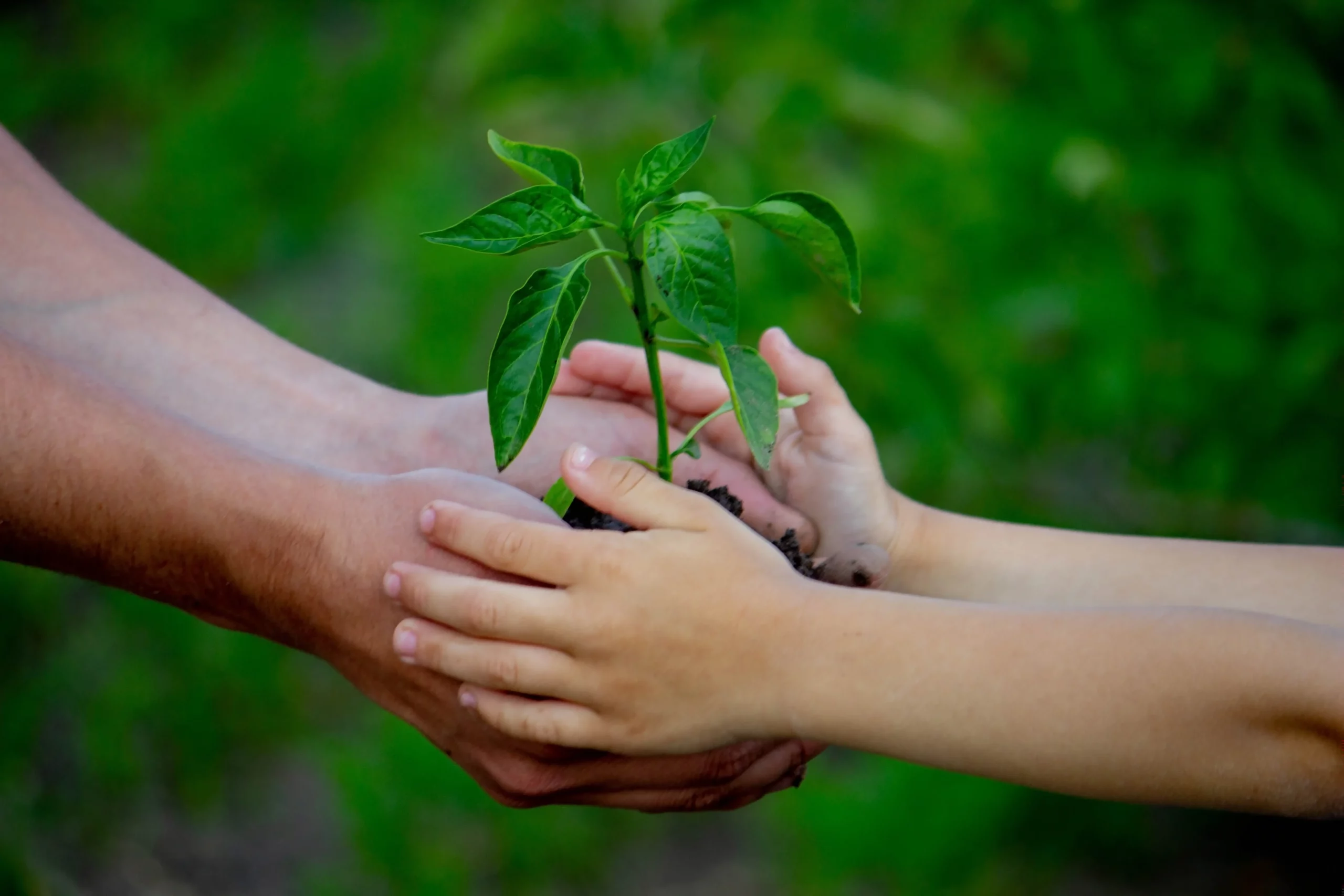
15 Apr Towards environmental awareness: the power of Life Cycle Assessment
We live in an ever-changing world, a planet that lives and breathes, full of inestimable natural richnesses, from which depends our own survival. An infinitely complex system which is greatly affected, always more, by the actions of us humans, that leave heavy footprints on the environment and on the planet. Unfortunately, it’s easy to forget that in a world so densely interconnected as ours, our everyday actions have a tangible effect, and this effect can be measured in some way.
Has it ever happened to you to ask yourself what is the impact of your daily choices on the environment? Buying a new dress, eating chicken breast or stir-fried vegetable, taking your car and going on a trip… all of these actions have direct and potential effects that cascade into economics processes and, in their own small ways, change the world a little at a time.
Indeed, we regularly hear talking about “environmental impact”: for example, we know that taking the train is a more eco-friendly choice than taking the car, and that the meat industry causes the depletion of water resources, but how do we measure the specific impact of one of our choices, of a product we buy, or of a service? Science answer to this question is called LCA: life cycle assessment.
A way to measure the environmental impact of our choices
Life Cycle Assessment is an ecological business card that tracks all of the activities that take to the creation of a certain product, its use and, in the end, even its disposal. Imagine of having a special pair of glasses that allow you to see the environmental footprint of everything. With these glasses, when you look at a bootle of water, you don’t just see the water. You see the power employed by the bottling implant, the plastic used for the bottle, the fuel burned to take it to the supermarket, and the wastes generated when you throw it away: this is the vision that LCA offers us.
It’s an holistic kind of vision, that considers all of the energy and matter flows that go into the construction of a product, thanks to a protocol fixated by two ISO standards that were started to be developed in the 90s (ISO 14040/14044), and that are used to grant the reliability of the mathematic method adopted by LCA.
How does LCA work?
This method traces the chain formed by all business processes, which each need a certain number of inputs, which are outputs of other business processes. By adding up all the environmental impacts accumulated along this business chain, and by spreading it over all the end products on this chain, we calculate the product’s ecological footprint, divided into a number of categories, each one of which represents an environmental “potential damage”, i.e. ecological processes like global warming, water acidification, depletion of natural resources, loss of biodiversity, air restorability, etc.
How can it help us?
We can use LCA in a more targeted way, specific for the area where the business activity happens, or focus ourselves on a specific productive technology, without restricting the analysis to the area where it is practiced.
Life cycle assessment is versatile enough to allow a wide range view on the life cycle of a product or a service, for a variety of environmental impact categories, and at the same time pinpoint those that are the most critical individual processes, in determining the potential damages that are most feared on a specific territory. LCA is an increasingly important tool for businesses and governments, committed to direct the investments in the ecological transition sector.
So, what can LCA say to all us citizens and consumers? It shows us that our choices are important, because they have concrete effects, to some extent even quantifiable. And it also gives us a measure of how important correct information is in making those choices.
The water bottle example
Some choices that are apparently ecological, in the end they are not so much so: a recycled plastic water bottle has a marginal environmental impact than a bottle made of virgin plastic, and it implies a lot of emissions to be transported around the country and the world.
A glass bottle has potentially even worse impacts, especially if we throw it away after a single usage. Let’s not be distracted by commercial initiatives of little effect and choose filtered tap water, that allows to bring dow environmental damage.
Tecnopolo CNR has a dual mission of supporting the economic fabric of Emilia-Romagna for sustainable development in a circular sense, of energy and production synergies, and, at the same time, of dissemination towards the citizenry and companies, to raise more and more awareness about the importance of this issue.
The energetic transition is a huge challenge, key to the future that waits humanity on this planet: a future that will see inescapable and important changes to our way of life, to our cities, to the structure of our economic fabric. And since our future does not happen for trivial inertia, but it is built by us and our actions, the transition to a sustainable economy will be obtained both through public and private investment, and through the initiative of individuals who will want to be the first to enter this future, and beat the path for those who will follow.
In this context, LCA becomes an essential tool, that enables the scientific community, entrepreneurship, governance and even the most active citizens to accelerate the transition to a future made of sustainability and harmony between man and environment.




